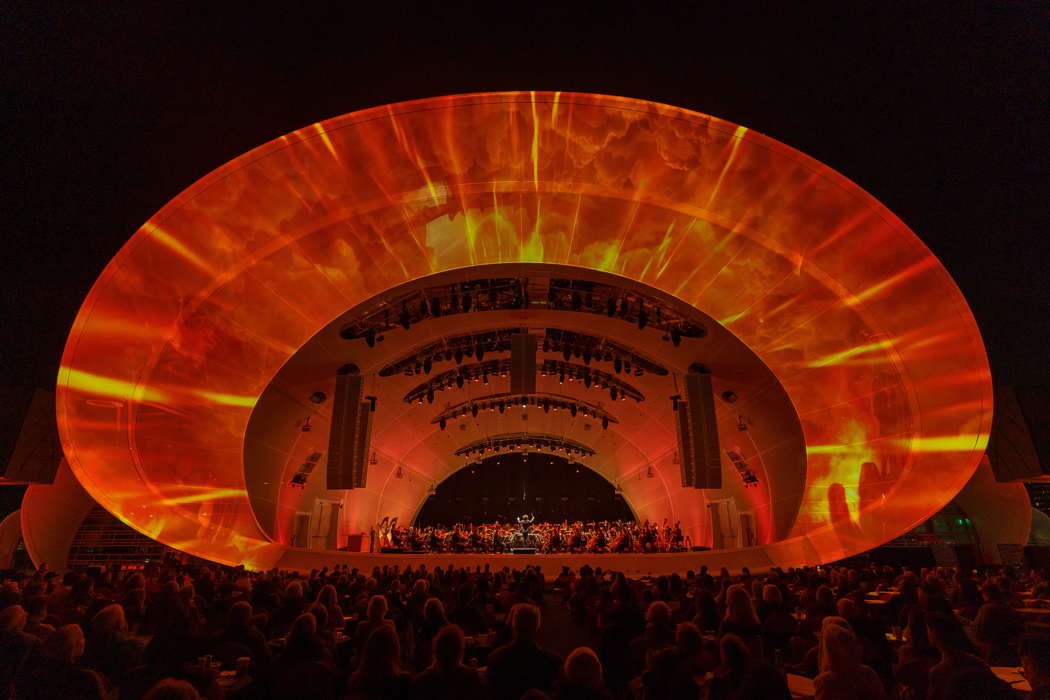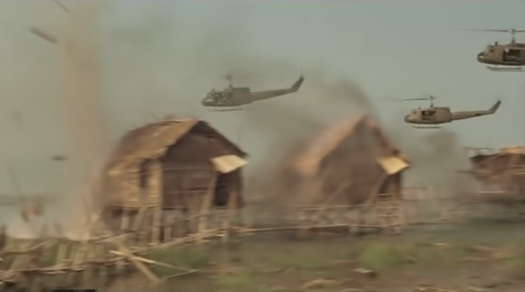 DISCUSSION: What is a work? John Dante Prevedini leads a discussion about The performing artist as co-creator, including contributions from Halida Dinova, Yekaterina Lebedeva, Béla Hartmann, David Arditti and Stephen Francis Vasta.
DISCUSSION: What is a work? John Dante Prevedini leads a discussion about The performing artist as co-creator, including contributions from Halida Dinova, Yekaterina Lebedeva, Béla Hartmann, David Arditti and Stephen Francis Vasta.
 DISCUSSION: John Dante Prevedini leads a discussion about Composers, individuals or collective?, including contributions from David Arditti, Halida Dinova, Robert McCarney and Jane Stanley.
DISCUSSION: John Dante Prevedini leads a discussion about Composers, individuals or collective?, including contributions from David Arditti, Halida Dinova, Robert McCarney and Jane Stanley.
 WORD SEARCH: Can you solve Allan Rae's classical music word search puzzles? We're currently publishing one per month.
WORD SEARCH: Can you solve Allan Rae's classical music word search puzzles? We're currently publishing one per month.
A Wake-up Call
RON BIERMAN listens to orchestral music by Carlos Simon and by Wagner arranged by Lorin Maazel
This concert of music by Richard Wagner and contemporary composer Carlos Simon was originally scheduled for a newly renovated symphony hall at the Jacobs Music Center. Construction delays forced a move to the waterfront's Rady Shell amphitheater. A test of the hall's anticipated acoustic improvements instead became another aced test for that outdoor facility's own amazing sound (though I sometimes think the sound crew should crank up the volume on speakers away from the stage).

The Rady Shell on San Diego's waterfront. Photo © 2023 Gary Payne
Both Wake Up: A Concerto for Orchestra by Simon and Lorin Maazel's arrangement of Ring Without Words feature an unusually large orchestra. Simon adds rhythm instruments not often heard on a classical concert stage. I counted, for example, roughly twenty cymbals, many of them no larger than the width of a hand.
Maazel's arrangement calls for a steerhorn off stage and more brass, percussion and woodwinds than usual. The largest box drum I've ever seen was stage left to provide a single startlingly thunderous note of pending doom. I think the percussionist borrowed Thor's hammer for the occasion.
Both works are colorful epic tests of the skills of orchestra musicians and their conductor. Tempos and dynamics swing to extremes, perfectly realized for maximum effect by conductor Rafael Payare.

Rafael Payare. Photo © Henry Fair
His management of Simon's rhythmic complexities was especially impressive. In both ensemble and solo passages, so was the orchestra's delivery of Simon's difficult new score. He explains that his concerto 'is inspired by the poem Awake, Asleep, written by the Nepali poet Rajendra Bhandari.'

Rajendra Bhandari in 2017
Bhandari warns of the danger of being obliviously asleep in a social world. ('Twere I a poet I'd add, be especially careful on social media.)
Simon again:
I chose to compose a two-note rhythmic motif that acts as a 'wake up call' throughout the composition - as if the orchestra is speaking to the hall and the audience, 'WAKE UP!'
The 'hall' he mentions was to have been the one still under construction, and I can't imagine a surer alarm clock. I believe the sound would have been even more exciting, even at times overwhelming for many had the hall been available.

Carlos Simon. Photo © Terrance Ragland
The new work was fascinating and held attention for its roughly forty minutes. Though largely tonal, it would take a few more listens to fully assess its chances for longer-term success.
Maazel's Ring Without Words makes much the same demands of a conductor and orchestral musicians. He has created a tone poem, a work that tells a story based on many of the most familiar themes from Wagner's Ring cycle, the most ambitious operatic project ever undertaken. It took Wagner more than twenty-five years to complete its four operas. Germanic and Scandinavian myths are the inspiration for this saga of rival gods, heroes and mythical creatures who battle for the endless power of a magic ring.

Richard Wagner (1813-1883) in Paris in 1861
Many of the world's best-known opera companies follow Wagner's wishes and stage the complete cycle over four successive nights. A typical set of performances runs to fifteen or more hours of strenuous vocal acrobatics. Does anyone actually attend for four nights? Well, I know at least one person who does, even though it often requires international travel.
And who would try to reduce fifteen hours of opera to an hour-long orchestral tour de force?
That's where conductor Lorin Maazel comes in, and it works, in part because the themes he chose and orchestrated are often either affectingly beautiful in strings and woodwinds or stirring and heroically triumphant in brass and timpani at maximum volume.

Lorin Maazel (1930-2014)
Maazel's work is in four sections, each featuring music from one of the four operas. In his Cliff-Notes orchestral summary of the complex fantasy, some themes appear in multiple sections. Perhaps the best-known is from the second opera in the series, The Valkyries. It was used in the film Apocalypse Now. Warrior Valkyries storm across the sky.

A still from the 'Ride of the Valkyries' scene of the 1979 film Apocalype Now.
© Paramount Home Entertainment
While it was unfortunate that the concert couldn't be staged at symphony hall, the Rady Shell has a few advantages. Stage lighting was varied to reinforce changing moods during Ring Without Words and the display that caps the stage provided stunning visual effects in synch with the Ring's depiction of a journey through the Rhine valley to Valhalla.

The Rady Shell on San Diego's waterfront. Photo © 2023 Gary Payne
Kudos to the development team of director Gary Griffin, projection designer Mike Tutaj and lighting designer Jason Rothberg.
On this evening, the Shell also had a disadvantage. The temperature dropped steadily throughout the concert. Good thing I was wearing a winter jacket.
Copyright © 18 November 2023
Ron Bierman,
San Diego, USA



